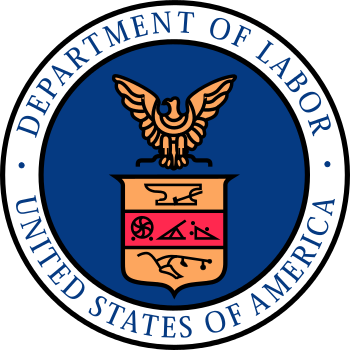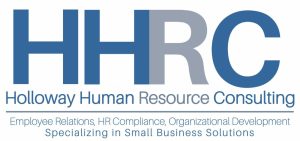The Department of Labor released details of the new Fair Labor Standards Act (FLSA) overtime exemption rules for white collar workers. Here is a brief summary of the key provisions:
Effective Date: December 1, 2016. Note that the change occurs on a Thursday, so employers will need to make changes for the payroll period in which December 1 falls.
Minimum Salary: $913 per week, or $47,476 annually. This is slightly less than the $970 per week ($50,440 annually) originally proposed, but it’s more than double the current exempt salary basis of $455 per week.
Bonuses and Commissions May Now Be Included: The new rules will allow non-discretionary bonuses, incentive payments and commissions to count for up to 10% of the minimum salary, provided these amounts are paid at least quarterly. Watch this space for more details on how this can work, and how it can potentially backfire.
Highly Compensated Employees: The minimum salary for employees who fall under the “highly compensated” employee exemption will increase to $134,004 from $100,000.
Minimum Salary Adjustments: The new minimum salary levels will be adjusted every three years beginning January 1, 2020. The salary level will be tied to the 40th percentile of full-time salaried workers in the lowest-wage Census region. For 2020, the DOL estimates that the minimum will go up to $51,168. The minimum salary level for highly compensated employees will be tied to the 90th percentile of full-time salaried workers in the lowest-wage Census region, which the DOL estimates will be $147,524 in 2020.
Exemption Duties Tests: The new rule makes no changes to the existing duties tests.
Higher Ed and Non-profits: There were rumors that the rules might contain some carve-outs for higher education institutions and non-profits, but this does not appear to be the case. The DOL has published guides for higher education, non-profit and government employers to help explain how these employers might meet their obligations, but there is no indication of any new exceptions in the rules for these groups.
Potential impact: The DOL estimates that the new rule will result in approximately 35% of all full-time, salaried workers being eligible for overtime based on their salary level alone. It further states that the new rule will affect 4.2 million salaried workers. Of these, the DOL projects that 4.1 million will be re-classified as non-exempt and eligible for overtime, while approximately 100,000 will receive a raise so their salary meets the new threshold. The DOL contends that the rule will result in workers receiving an aggregate pay increase of $1.2 billion per year. Many employer groups dispute that number, pointing out that employers are as likely to cut hours, reduce headcount, or make other changes to avoid increased labor costs. Time will tell.
In upcoming posts we’ll dig into the how-to’s and implications of these changes in more detail.
Holloway HR Consulting specializes in HR compliance, employee relations, organizational development and crafting progressive solutions to address the continuously evolving challenges facing small and mid-sized companies. Please contact us with any questions.


